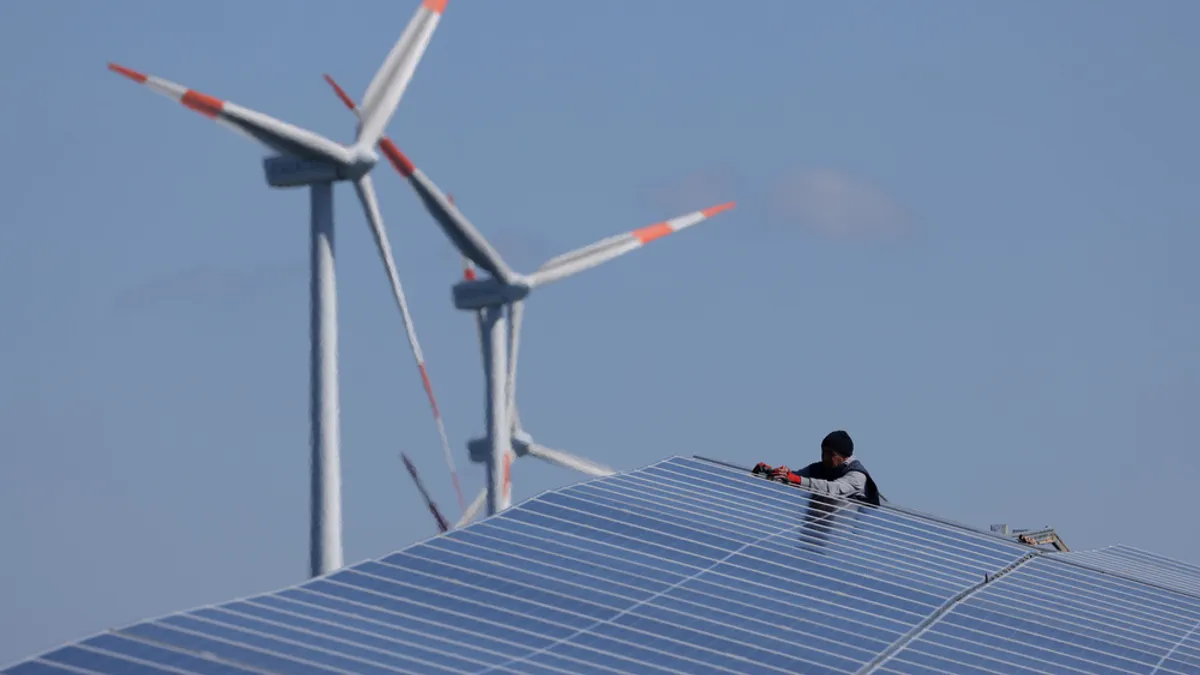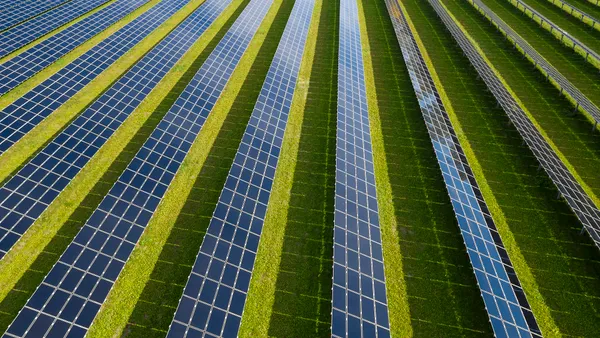Utility companies will likely continue selling non-core assets and shares in their companies to avoid issuing equity as they prepare to spend billions on energy infrastructure, Moody’s Investors Service said Wednesday.
“Some planned asset sales are driven more by a company's desire to reduce business risk in conjunction with its efforts to improve its balance sheet and to avoid additional debt issuance,” the credit ratings agency said.
Proceeds from utility asset sales totaled $5.8 billion in the first half this year compared to $2.2 billion in equity issuances, according to Moody’s. Last year, utility asset sale proceeds totaled $7 billion compared to $8.8 billion in equity issuances, the ratings agency said.
Moody’s highlighted pending utility transactions that will lead to significant proceeds in the next 18 months. They include:
- FirstEnergy agreeing to sell an additional 30% stake in FirstEnergy Transmission for about $3.5 billion;
- Dominion Energy agreeing to sell its natural gas distribution utilities for $9.4 billion and its 50% stake in the Cove Point liquefied natural gas facility for about $3.3 billion; and,
- Eversource Energy preparing to sell its 50% share in three offshore wind projects totaling 1,758 MW.
Also, NiSource, American Electric Power and Duke Energy are divesting assets to pay for growing capital investment plans, Moody’s said.
The five-year capital investment plans for a group of 28 rated utility companies totals $745 billion, according to Moody’s. The companies with the largest five-year capital spending plans are: Duke at $65 billion, Pacific Gas & Electric at $51.6 billion, Dominion at $47 billion, Berkshire Hathaway Energy at $45.3 billion and Southern Co. at $40.5 billion.
However, state regulators may push back on proposed spending by utilities in an effort to protect customers from rising electric rates, according to Moody’s.
Also, high interest rates are making debt issuances more costly so utility regulators may heighten their scrutiny of how utilities finance their rate base growth because they typically recover the cost of debt through customer rates, Moody’s said.
“Amid high interest rates, a focus on customer affordability and regulatory desires around rate stability, US investor-owned utilities will likely increase their use of equity as a funding source to maintain a balanced mix of both debt and equity,” Moody’s said.
Overall, the 28 utility companies Moody’s assesed will need at least $25 billion in equity in each of the next two years to fund their investment plans, up from about $15 billion last year. Utility companies may need additional equity to support their credit quality, the ratings agency said.
In the next two years, Moody’s said it expects cash flow from operations for the utility companies it analyzed will range between $99 billion and $105 billion, which will not keep pace with cash outflows.
“Regulatory support, as well as a company's ability to navigate state legislative developments and to develop capital investment plans that are aligned with [a] state's decarbonization initiatives, typically ensures timely recovery of investment costs, which increases internally generated cash flow,” Moody’s said.














